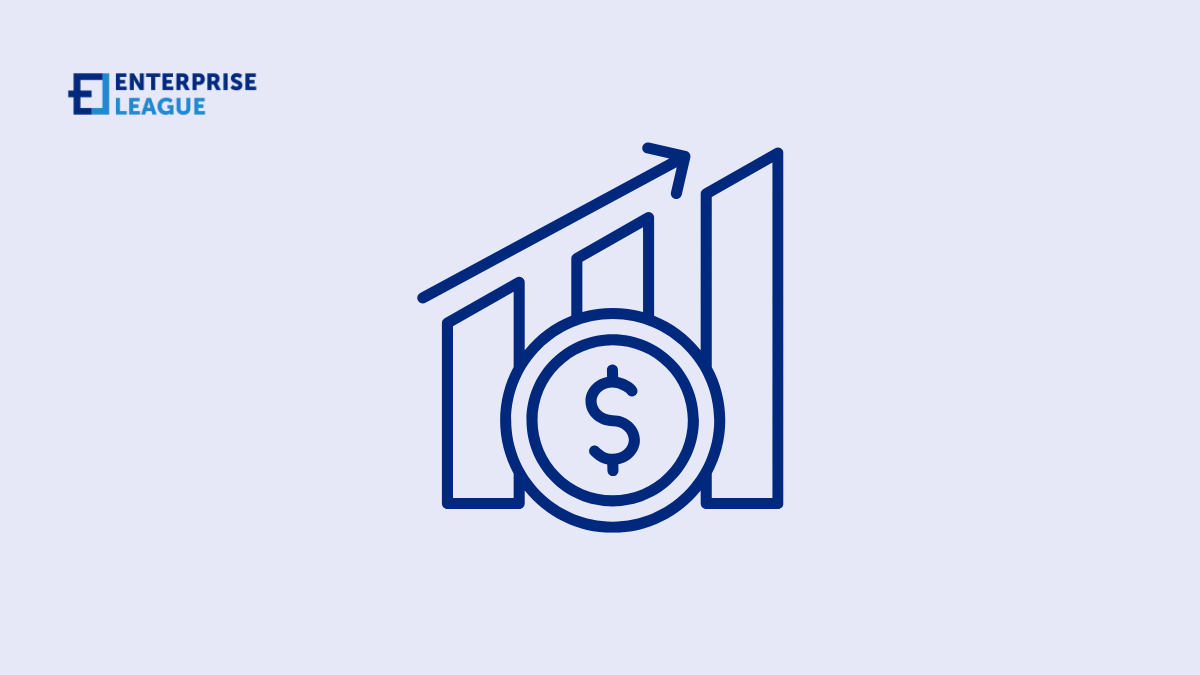Financial markets have become very easy to tackle in most parts due to online trading platforms. Yet, you have to know much more than just market trends to venture successfully into this field. Understanding the trading costs is essential. These costs, however subtle they may seem, could be devastating regarding profitability.
Let’s explore the various facets of trading costs, including spreads, commission, and leverage implications.
Spreads and their relation to cost
The spread is the difference between the bid price, which is the price a broker is willing to buy, and the asking price, which is the price a broker is willing to sell. The spreads fall within the core costs surrounding trading and represent the front-runners regarding brokers’ income. Spreads widely differ from an asset in trading at the moment to its conditions and the business model that a broker may elect to follow.
Fixed spreads are quoted by some brokers, remaining the same irrespective of any market volatility; variable spreads are quoted depending on the state of the market. For example, high volatility causes spreads to widen while low volatility narrows them down to lower levels.
If we assume that you are trading with a broker that offers a spread of 1.2 pips on the EUR/USD pair, the total cost of spread when trading one standard lot (100,000 units) will be $12, that is, 1.2 pips multiplied by $10 per pip.
Global online trading brokers such as Axi are known for their tight spreads, especially on the major currency pairs, to draw in high-frequency traders who wish to maximize profits via minimal transaction charges.
Commission
Commissions are another critical aspect of the cost of trading and are often charged as fixed amounts per trade instead of spreads, which are integrated into the bid-ask pricing. These separate commissions apply predominantly to ECN accounts. ECN accounts provide direct access to liquidity in the market and offer a tighter spread against a per-trade fee.
For example, the broker might charge $3.50 per lot per side for Forex trades. Thus, if you traded one lot, the amount paid in commission for the opening and closing of the trade would be $7.
While this may be a small amount, it can add up for someone who trades in high volumes. Brokers structure their pricing by imposing tight spreads against more minor commission charges so traders can carry out their trades efficiently without any heavier cash outflow.
Overnight funding
Another primary consideration for costs is the overnight financing fee or swap fee. Swap fees apply when traders hold an open position overnight. They reflect the interest rate differential between the currencies in a forex pair or finance charges on equity or commodity positions. Swap fees can either cost you or bring in income, depending on the difference in interest rate.
For example, if you hold a long position on a currency pair whose base currency has a higher interest rate than the quoted currency, you will receive a swap. Otherwise, if the base currency has a lower interest rate, you will be paying.
Leverage costs
While leverage increases risk exposure, increasing both potential profit and loss, it indirectly increases these two and other costs. Leverage is not a direct charge; it increases the effect of spreads, swap fees, and slippage.
For instance, using a 1:100 leverage to open a $100,000 position with a $1,000 margin simply means that a 1-pip spread will now be an essential factor to consider. Suppose you fail to appreciate the consequences of a high degree of leverage. In that case, it is likely to eat any potential gains, making it imperative for traders to choose brokers offering tight spreads and low swap fees.
Hidden costs
In addition to apparent fees such as slippage, some brokers have inactivity, deposit, or withdrawal fees. Slippage occurs when the execution of a trade happens at a different price from what should have taken place due to swift market action; it might arise more often whenever conditions get volatile.
Some brokers charge inactivity fees they take out from dormant accounts, thus eating away at traders’ funds steadily. Similarly, depending on the mode of payment, deposits or withdrawals can all annoy traders by emerging as surprise charges.
Conclusion
Knowledge of trading costs becomes essential for making informed decisions and making extra profit from every deal.
Spreads, commissions, swap fees, and the effects of leverage all play a critical role in determining the overall cost of trading. Traders can formulate plans for the optimal use of their strategies and minimize their costs by weighing them and setting out to pair with a broker like Axi, manifesting smooth and competitive pricing.
Whether you are a new entrant or an experienced fellow, investing time to know and compare the cost of trading can be the most positive factor toward long-term trading success. Armed with the right information and tools, you will proceed with confidence and clarity.
More must-read stories from Enterprise League:
- Unique ways to show your employees you care about them.
- What it takes to start a wholesale business from scratch?
- The importance of customer-focused strategy for your business.
- Innovative small business growth tips that will take you to the next level.
- Find out how to turn your hobby into a business.
Related Articles
Workers’ Compensation Costs for Factory and Warehouse Forklift Accidents
Forklifts play a central role in day-to-day operations across factories and warehouses, but they also create a significant risk of injury. When a forklift overturns, strikes a pedestrian, or drops a load, the financial impact reaches far beyond the immediate medical...
Delayed Construction Injury Reports: Impact on Workers’ Comp
Construction work carries unavoidable risks, which is why workers' compensation exists to protect employees after an injury. But one factor can alter the entire outcome of a claim: delayed reporting. In the construction industry, where injuries often occur in...
Sponsoring Employees for Green Cards: Small Business Considerations
For many small businesses, sponsoring a foreign employee for a green card can be a strategic investment. As industries grow more competitive, retaining skilled workers becomes increasingly important. Green card sponsorship offers long-term stability for both employer...
Workers’ Compensation Costs for Factory and Warehouse Forklift Accidents
Forklifts play a central role in day-to-day operations across factories and warehouses, but they also create a significant risk of injury. When a forklift overturns, strikes a pedestrian, or drops a load, the financial impact reaches far beyond the immediate medical...
Delayed Construction Injury Reports: Impact on Workers’ Comp
Construction work carries unavoidable risks, which is why workers' compensation exists to protect employees after an injury. But one factor can alter the entire outcome of a claim: delayed reporting. In the construction industry, where injuries often occur in...






